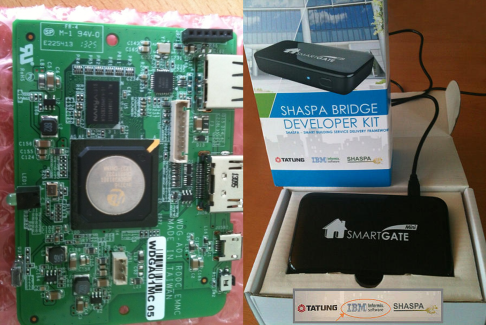This blog post summarizes my conversation with Mr. Sandor Szabo (who manages the IBM Informix Development team in Munich) about the role of IBM Informix 12.10.UC2 in ARM processors
In conversation with Sandor Szabo, manager of the IBM Informix Development team in Munich.
Can you please explain more about ARM Processor and the role of Informix?
ARM Processors have reduced costs, heat and power usage compared to more complex chip designs, traits which makes it desirable for light, portable, battery-powered devices like smartphones, laptops, tablet, and notepad computers and other embedded systems. Alternatively the use of a simpler design allows more efficient multi-core CPUs and higher core counts at lower cost, allowing higher levels of processing power and improved energy efficiency. You can also read more here http://en.wikipedia.org/wiki/ARM_architecture
The role of Informix:
Informix 12.10 is an industrial strength, relational SQL99-based database with features that is ideal for deep embedded applications. Here is a list of features that make Informix an ideal choice:
- self tuning
- self monitoring
- self healing capabilities built-in,
- small disk footprint configurations are supported, Data/Index-compression built-in
- low memory operations are supported
- remote monitoring, tuning and configuration
- proven track record for deep embedded applications
- built-in industry leading high performance support for Time Series based Sensor Data
- to top it all, Informix FlexibleGrid technology can support thousands of Informix servers in heterogeneous cluster topologies with built-in flexible data replication
So, in a nut shell, the role of Informix is primarily to store and retrieve sensor data, 24/7 in a very efficient and autonomous manner, without the presence even a single DBA.
Can you talk about the technical details of this ARM Processor?
- Minimum Informix 12.10.uc2 on Linux ARM System Requirements
- ARMv7 CPU (v7l) with Hardware Floating point support
- 512 MB RAM (for Linux and Informix)
- Storage space for the database files (e.g. SSD, SD, microSD etc.)
- Minimum product deployment diskspace (w/o database files, customizable): < 100 MB
- One of the following supported Linux distributions for ARM Debian 7.1, Ubuntu 12.1
- Support for other Linux distributions upon request
Hardware Specifications :
- A20ïŒ ARM Cortex-A7 Dual-Core ARM
- 1GB DDR3 @480M
- 3.4GB internal NAND flash, up to 64GB on SD slot, up to 2T on 2.5 SATA disk
- 1x 10/100 ethernet, support usb wifi
- For more details please visit : http://docs.cubieboard.org/products/start
What benefits will the consumer of this device get?
Super value for money, along with Informix Database which has industry’s widest sets of options for keeping data available at all times including:
- zero downtime for maintenance
- continuous local collection and processing of critical vehicle monitoring parameters (e.g. engine parameters, environmental parameters)
- Informix 12.10 time series data capabilities
- continuous local recording of positional data (e.g. the current vehicle position)
- Informix 12.10 geospatial data capabilities
- on-board data analytics on the collected time series based data and generation of alerts, either constant replication of those kind of data to a central instance (if a network connection is available) or local storage until a network is in reach
What is the future plan with this device (Upgrade, market etc)?
With the latest release of Informix 12.10.UC2 to our OEM partners, we hope to find many new partners who are looking for a new platform where all the attributes above are important. And for any further information on this topic please do not hesitate to contact us!
Sandor Szabo, a short Bio:
Sandor Szabo, manages the IBM Informix Development team in Munich. He has been developing Informix products since 1987. Sandor’s main focus areas are Informix Warehouse Accelerator (BLU Acceleration for Informix), IBM Informix Dynamic Server under Linux and now the ARM port of Informix.
Until Next Time,
Louis

